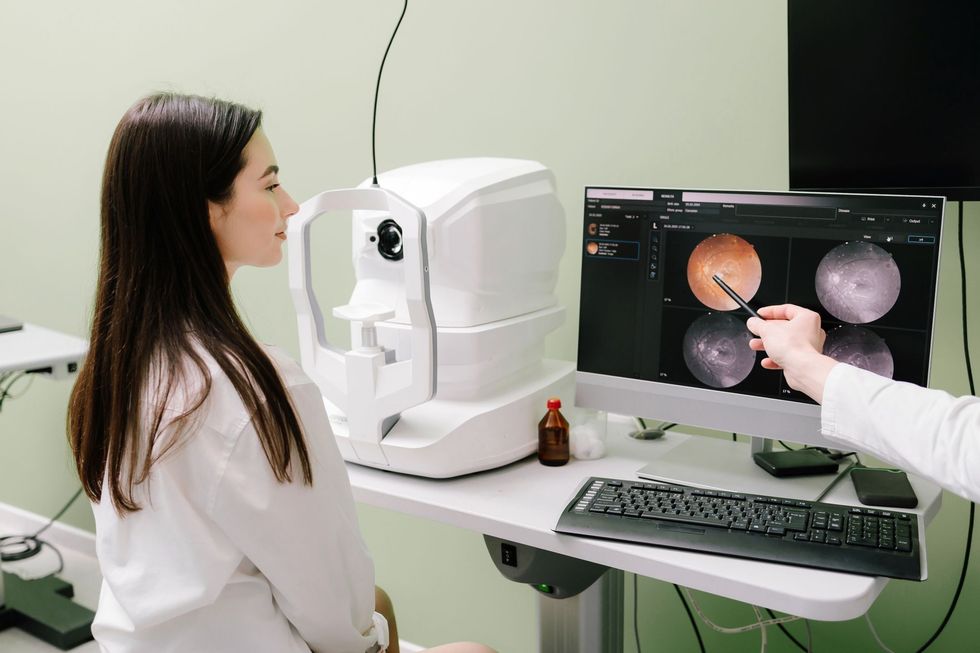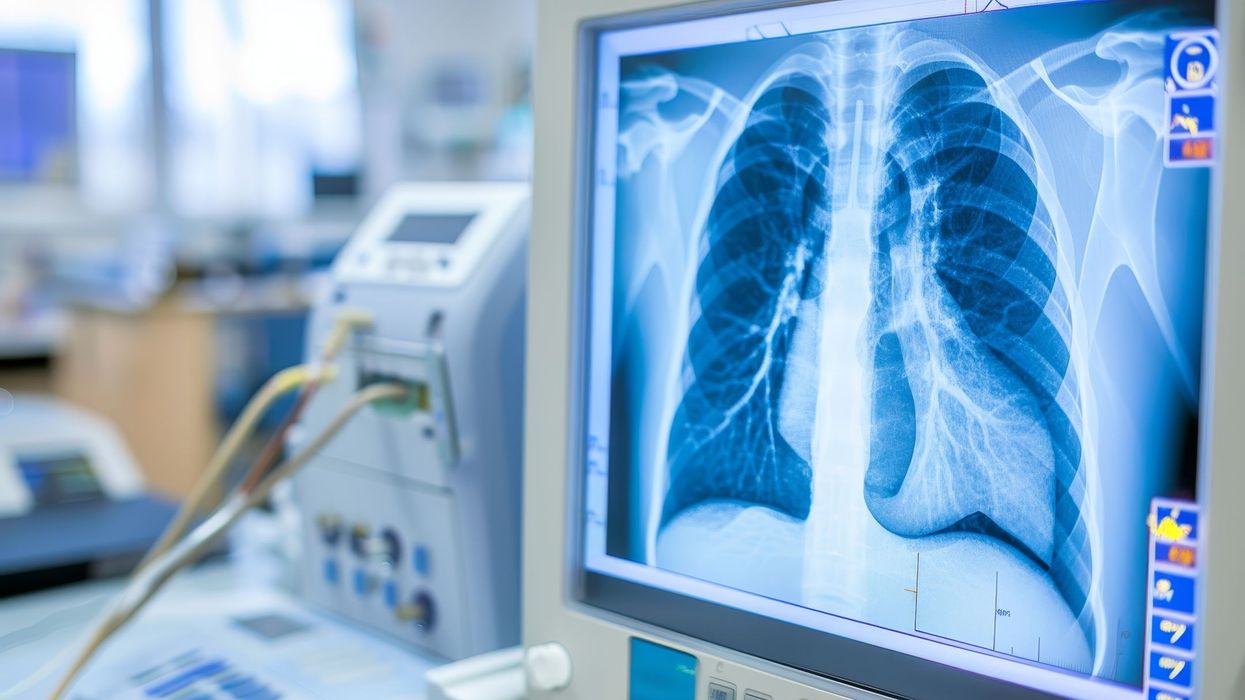The healthcare industry is continuously evolving, driven by technological advancements and the growing need for early detection of diseases. Medical screening equipment is crucial in diagnosing conditions before symptoms manifest, improving patient outcomes, and reducing long-term treatment costs.
Healthcare facilities that invest in high-quality screening tools can enhance diagnostic accuracy, streamline workflows, and position themselves as leaders in preventive care. Early detection of diseases such as cancer, cardiovascular disorders like structural heart disease, and diabetes can significantly increase the chances of successful treatment.
Read on to learn why healthcare facilities should invest in medical screening and patient monitoring.
Enhancing Early Disease Detection
One of the most compelling reasons to invest in medical screening equipment is its ability to detect diseases early. Some conditions like breast cancer, prostate cancer, and hypertension typically present no symptoms in their initial phases. Advanced imaging health systems, blood analyzers, and biometric scanners can also enable healthcare professionals to identify abnormalities before they progress.
Furthermore, early diagnosis can help improve survival rates and reduce the need for invasive treatments. For instance, detecting precancerous lesions through colonoscopies or mammograms allows for minimally invasive interventions, lowering healthcare costs, and improving patient quality of life.
Therefore, for facilities looking to prioritize advanced health screening technologies, consulting with providers that offer cutting-edge medical screening solutions like Depisteo LLC would be an excellent start.
Improving Diagnostic Accuracy
Human error in diagnostics can result in incorrect diagnoses, treatment delays, and higher legal risks for healthcare providers. Advanced medical screening equipment can incorporate AI and machine learning to improve accuracy by analyzing patient data with minimal human bias. For instance, automated imaging tools can standardize the interpretation of X-ray machines, MRIs, ECG machines, and ultrasound machines, reducing variability and enhancing diagnostic reliability. This can lead to faster, more consistent, and error-free assessments and medical advice from reliable healthcare professionals.
Lastly, high-resolution digital screening tools can help minimize false positives and negatives to ensure patients receive accurate diagnoses. This reliability can build trust between healthcare providers and patients, reinforcing the facility’s reputation for excellence.
Reducing Long-Term Healthcare Costs
Preventive screenings may require an initial investment, but they lead to substantial cost savings in the long run. Treating advanced-stage diseases is significantly more expensive than managing early detected conditions. Chronic illnesses like diabetes and cardiovascular diseases, when caught early, can be controlled with medication and lifestyle changes rather than costly surgeries or prolonged hospital stays.
Additionally, insurance providers and government health programs can increasingly incentivize preventive care, making screening equipment a financially sound investment. Facilities that adopt these technologies can also benefit from higher reimbursement rates for early intervention services.
Streamlining Workflow Efficiency

Manual screening methods require extensive staff involvement, increasing workload, and slowing patient throughput. Automated screening and patient monitoring devices can accelerate assessments with rapid, standardized results, boosting efficiency without sacrificing accuracy. Portable tools like handheld ultrasounds can also facilitate immediate, on-the-spot diagnostics, eliminating delays from lab referrals. This can help speed up decision-making, enhance clinic productivity, and elevate patient experience by minimizing unnecessary waiting periods and streamlining care delivery.
Integrated electronic health record (EHR) systems can enhance efficiency by automatically storing and analyzing screening results. This seamless data flow can lower administrative burdens and ensure timely follow-up.
Strengthening Competitive Advantage
Healthcare facilities equipped with cutting-edge screening technologies can gain a competitive edge by demonstrating commitment to precision medicine. Patients increasingly prioritize providers offering advanced diagnostics like AI-assisted imaging or rapid biomarker testing, associating these capabilities with higher-quality care. This technological differentiation can help build trust, attract more referrals, and position the facility as an industry leader, ultimately driving patient retention and revenue growth in an evolving healthcare marketplace.
Moreover, accreditation bodies and regulatory agencies can favor institutions that prioritize cutting-edge medical equipment. Compliance with modern healthcare standards can enhance credibility and attract partnerships with research organizations and teaching hospitals.
Supporting Public Health Initiatives
Large-scale screening initiatives play a vital role in population health management by enabling early detection of disease patterns and containment of epidemics. Healthcare institutions with advanced, high-capacity screening systems can actively support public health campaigns, rapidly identifying cases of communicable diseases such as hepatitis, TB, and HIV. This proactive approach can facilitate timely interventions, contact tracing, and targeted treatment strategies that reduce community transmission rates and improve overall health outcomes.
Furthermore, government grants and funding opportunities are typically available for healthcare providers that support preventive care initiatives. Investing in screening equipment aligns with public health goals while expanding the facility’s service offerings.
Conclusion
Investing in medical screening equipment is a strategic decision that benefits patients, healthcare providers and medical professionals, and the broader community. Early disease detection, improved diagnostic accuracy, cost savings, and operational efficiency are just a few advantages of adopting these technologies. As the healthcare landscape shifts toward preventive care, facilities that prioritize advanced screening tools will lead the industry in quality and innovation.
By keeping the information mentioned above in mind, healthcare providers can enhance patient outcomes, reduce long-term expenses, and solidify their standing as trusted medical institutions. The future of healthcare lies in proactive diagnostics, and facilities that embrace this shift will thrive in an increasingly competitive environment.












